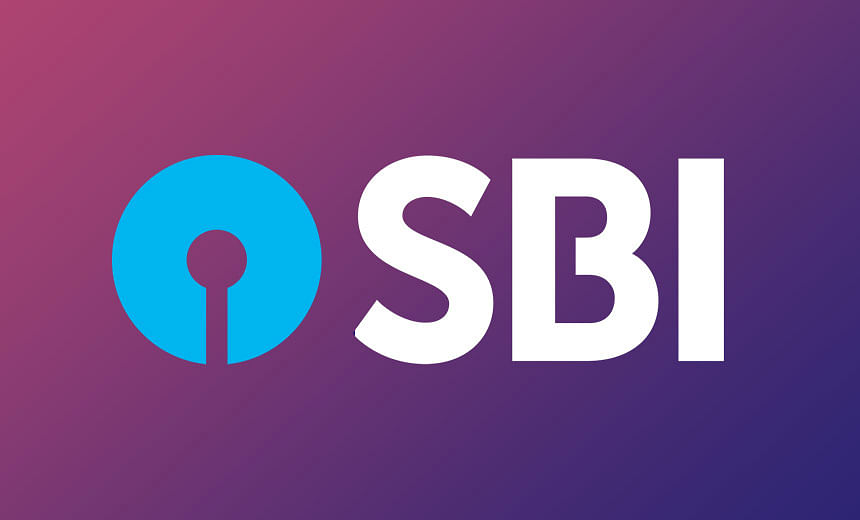
With a click of a cursor, Jay Brown went from Male to Trans Male. A few states away, Debon Garrigues switched from Male to Neutral. Marilyn Roxie, formerly Female, chose three- Androgynous, Transgender and Genderqueer.
Across the U.S. on Thursday, news swept through the transgender community that Facebook had added a customizable option with about 50 different terms people can use to identify their gender as well as three preferred pronoun choices- him, her or them. And one after another, they made their changes in a quiet revolution of sorts.
“For me, this is about much more than a button on a monitor,” Mr. Garrigues said. “This encourages people to think outside the binary spectrum. It means I don’t have to try to fit in the wrong boxes.”
For many others, the change went unnoticed or too far.
“Of course Facebook is entitled to manage its wildly popular site as it sees fit, but here is the bottom line- It’s impossible to deny the biological reality that humanity is divided into two halves — male and female,” said Jeff Johnston, an issues analyst for Focus on the Family, an influential national religious organization.
“Those petitioning for the change insist that there are an infinite number of genders, but just saying it doesn’t make it so. That said, we have a great deal of compassion for those who reject their biological sex and believe they are the opposite sex.”
Facebook said the changes, shared with Associated Press before the launch, initially cover the company’s 159 million monthly users in the U.S. and are aimed at giving people more choices in how they describe themselves, such as androgynous, bi-gender, intersex, gender fluid or transsexual.
“There’s going to be a lot of people for whom this is going to mean nothing, but for the few it does impact, it means the world,” said Facebook software engineer Brielle Harrison, who worked on the.
Facebook also allows users to keep their gender identity private.
The change at Facebook drew dozens of appreciative postings on the company’s diversity website, although some pointed out the need to make relationships gender neutral, rather than using terms such as son or daughter. Others asked for sexual orientation options. The company said they were already working on it.
Across the U.S. on Thursday, news swept through the transgender community that Facebook had added a customizable option with about 50 different terms people can use to identify their gender as well as three preferred pronoun choices- him, her or them. And one after another, they made their changes in a quiet revolution of sorts.
“For me, this is about much more than a button on a monitor,” Mr. Garrigues said. “This encourages people to think outside the binary spectrum. It means I don’t have to try to fit in the wrong boxes.”
For many others, the change went unnoticed or too far.
“Of course Facebook is entitled to manage its wildly popular site as it sees fit, but here is the bottom line- It’s impossible to deny the biological reality that humanity is divided into two halves — male and female,” said Jeff Johnston, an issues analyst for Focus on the Family, an influential national religious organization.
“Those petitioning for the change insist that there are an infinite number of genders, but just saying it doesn’t make it so. That said, we have a great deal of compassion for those who reject their biological sex and believe they are the opposite sex.”
Facebook said the changes, shared with Associated Press before the launch, initially cover the company’s 159 million monthly users in the U.S. and are aimed at giving people more choices in how they describe themselves, such as androgynous, bi-gender, intersex, gender fluid or transsexual.
“There’s going to be a lot of people for whom this is going to mean nothing, but for the few it does impact, it means the world,” said Facebook software engineer Brielle Harrison, who worked on the.
Facebook also allows users to keep their gender identity private.
The change at Facebook drew dozens of appreciative postings on the company’s diversity website, although some pointed out the need to make relationships gender neutral, rather than using terms such as son or daughter. Others asked for sexual orientation options. The company said they were already working on it.








